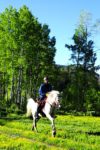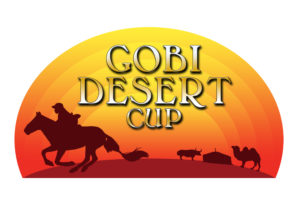What do they have in common?
At first sight, teeth and hooves of horses seem to be as unrelated as it gets. Comparing them anatomically, could it be that there are, however, common elements?
| Hooves | Teeth | |
| Growth Period: | lifelong | lifelong |
| Speed: | 5 – 8 mm per month | 2 -3 mm per year |
| Trimming: | 2 – 8 weeks | 6 – 12 months |
| Material: | hard outside/soft inside
hoof wall/sole |
hard outside/soft inside
enamel/dentin |
| Functional Comparison | ||
| toes | incisors | |
| quarters and heels | molars | |
| frog | tongue | |
| sole | lower jaw | |
Neglected molars (compare to high heels and lateral flares in hooves)
It is getting interesting, when comparing teeth pathology with hoof pathology.
On this 16 year old gelding, we are observing a left descending ‘smile’ and misalignment with upper and lower jaw.
Photo below shows the effects on the posture of this horse:
the head is carried higher on the left side, left shoulder is elevated, slight flex to the right, front left leg turned out.
Right front is bearing weight on the M/L plane evenly, while the left hoof is loaded on the medial heel, resulting in possibly crushed heels and a lateral flare.
Even small changes in the angles and occlusions of the teeth influencing the jaw, the whole skeleton, tendons, ligaments and muscles of the horse.
Hoof care might as well start with proper teeth care. So many anatomical parts of the horse are interrelated and when we are solely looking at the hooves, we might just manage the same problem everytime without ever getting to the cause and root of the problem.
Regular dental check ups are vital not only for the horses health and digestion, but also for the soundness and proper hoof balance and growth.
This coming year, Global Endurance Training Center will be conducting more studies and comparing teeth pathologies with hoof pathologies and development. We are also very curious if we can find any connection between teeth abnormalities and club feet, teeth and scelletal and muscle changes. We will keep you posted on our findings.
Christoph Schork
The Staff at GETC wishes all our readers a Merry Christmas and successful New Year filled with fun and happiness with all your horses and other animals.
Christoph Schork and Dian Woodward



I have been a certified equine dentist since 2007. I have worked on several horses who have skeletal structural abnormalities as well as misaligned jaws or abnormal dental wear. There have even been a few cases of horses with previous damage to the TMJ which has caused limitations in jaw movement. With careful and regular dental work on those cases, range of motion was increased in the TMJ.